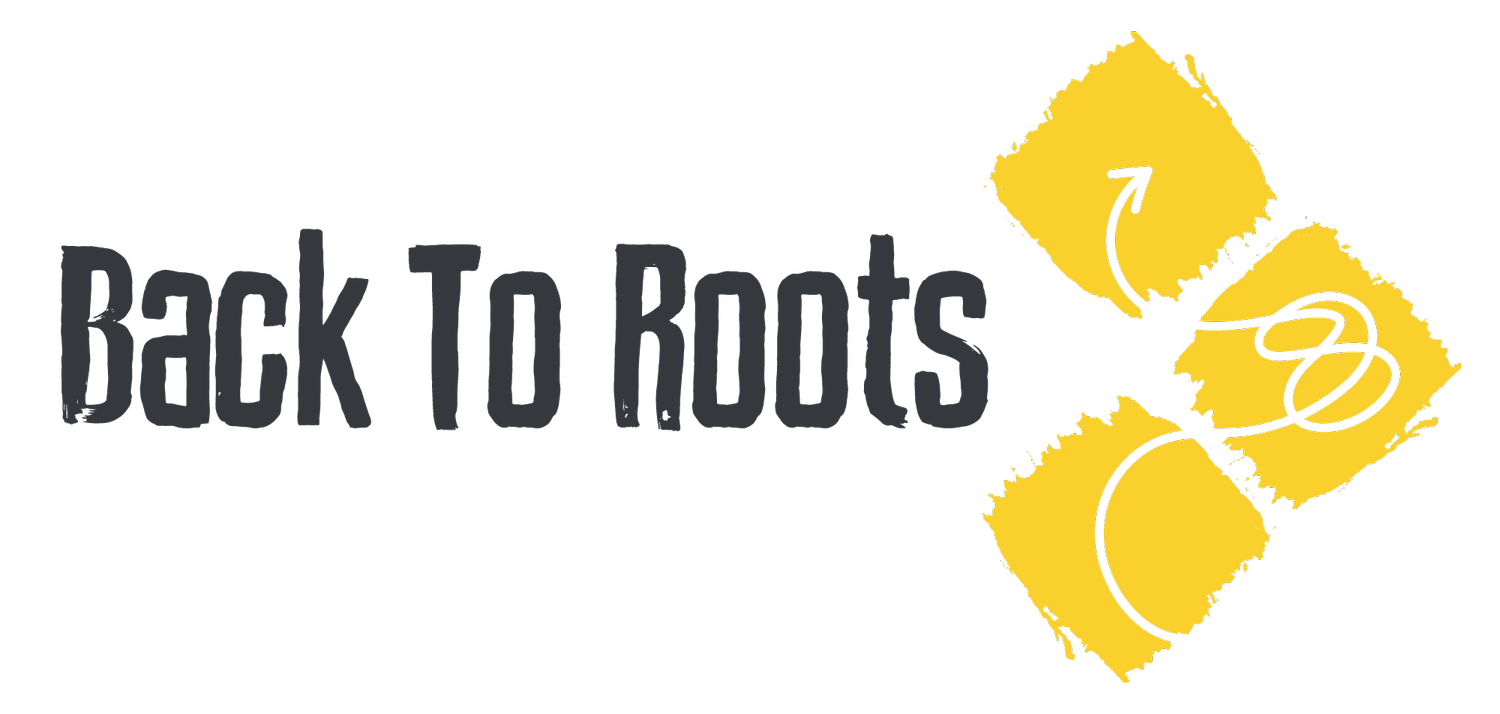What is chiropractic?!
It is unfortunately a difficult question, and depends on who you ask. I couldn't answer it; hence I left to go back to roots and build things as I understand them and what really makes a difference to people's HEALTH.
But before I am hit with the straw man argument (misrepresention of an opponents position - see: https://owl.english.purdue.edu/owl/resource/659/03/) - there IS loads of great stuff chiropractic does do and will always remain central to the back to roots methodology
Linked is a recent article from the journal "chiropractic and manual therapies" by Bruce Walker published last week entitled New Chiropractic.
The paper gives a nice brief overview of the history of chiropractic, the controversies the profession has faced (and still does) and gives 10 steps the author believes vital to the future credibility of the profession.
The paper is free access and not a difficult read so I encourage anyone receiving or thinking about chiropractic care to check it out.
I wanted to bring life to point 8 which discusses the importance of being evidence based in clinical practice, central to how back to roots operates.
"8. The profession should embrace evidence based practice (EBP). EBP is the amalgam of best scientific evidence plus clinical expertise plus patient values and circumstances.
The adoption of evidence based practice is critical to the future of chiropractic and yet there is resistance by elements within the profession. Soft resistance occurs with attempts to change the name of “Evidence-based practice” (EBP) to “Evidence- informed practice” (EIP). It is worth noting that currently there are over 13,000 articles listed in PUBMED on EBP but less than 100 listed on EIP. So why are some of our profession so keen to use this alternate and weaker term?
Hard resistance against EBP occurs where it is stated that the best evidence is that based on practice experience and not research. This apparently is known as Practice Based Evidence (PBE) and has a band of followers. It is worth illustrating the difference between EBP and PBE with an example from the literature.
Example
Table 2 is taken from the study by Olafsdottir et al. in 2001 (with permission). The study is a randomised trial looking at chiropractic treatment for infantile colic [11]. The current evidence about infantile colic and chiropractic is conflicting but this study is useful for demonstration purposes.
Table 2: Hours of crying before and during the treatment period of eight days for those infants whose parents managed to complete the diary appropriately.
- Pre-treatment
- At first visit
- At second visit (day 3–6)
- At third visit (day 8)
- Treatment group 5.1 (3.0) (n = 41) 4.2 (2.7) (n = 42) 3.4 (2.7) (n = 42) 3.1 (2.7) (n = 42)
- Controls 5.4 (3.2) (n = 31) 3.9 (2.5) (n = 33) 3.2 (2.5) (n = 33) 3.1 (2.7) (n = 33)
- Results expressed as mean (SD)
Reproduced with permission
The treatment group row of the table shows a decrease in hours of baby crying (5.1, 4.2, 3.4,3.1) chiropractic treatment and could be said to represent “practice based evidence”. It is the experience practitioners often have when patients (or in this case parents) report improvement in the clinical setting. However, a review of the table’s controls row shows a similar decrease in hours of crying for the babies who did not receive any treatment (5.4, 3.9, 3.2, 3.1 ). Importantly in this trial the parents were not aware of which treatment arm the babies were randomised to. So when the right and left columns are combined we have the first part of the “evidence based practice” equation defined as “best scientific information”. The “practice based evidence” mantra appears to be “it works”, but it begs the more contemporary question “by how much and compared to what?”
The "it worked for me" scapegoat is well (and humorously covered here : http://evidencebasedfitness.net/saying-it-works-for-me-is-…/)
It is essential to strive to understand what the greater body of evidence says on a given topic and work towards being able to critically appraise what we do.
There's all sorts of other good stuff chiropractic engages with like public health and recommendations for who to dodge in the profession.
They discuss how chiropractors need to find a niche and that it should specialise in musculoskeletal (and more specifically spinal pain) conditions - but they didn't make mention of a biopsychosocial approach, but hey, I wasn't on the panel :) !
Here's the article :
https://chiromt.biomedcentral.com/…/10.11…/s12998-016-0108-9
